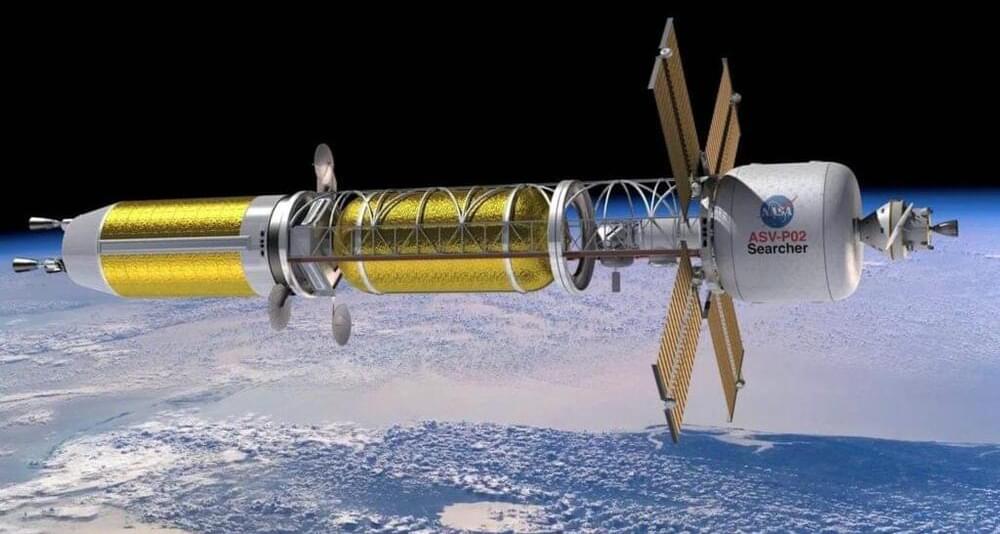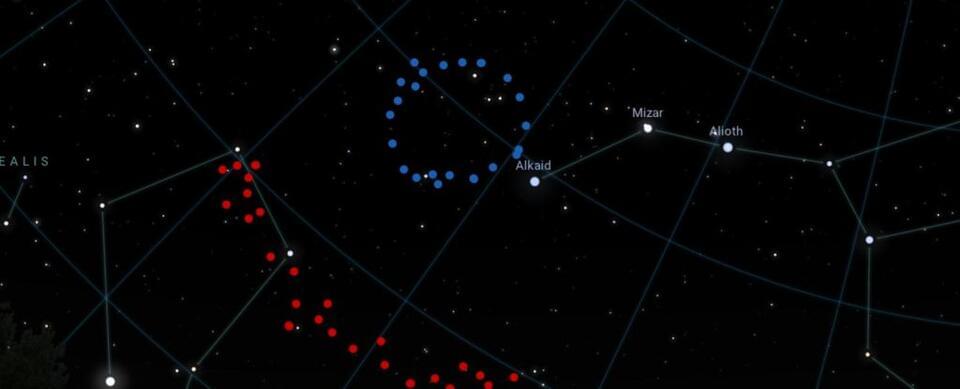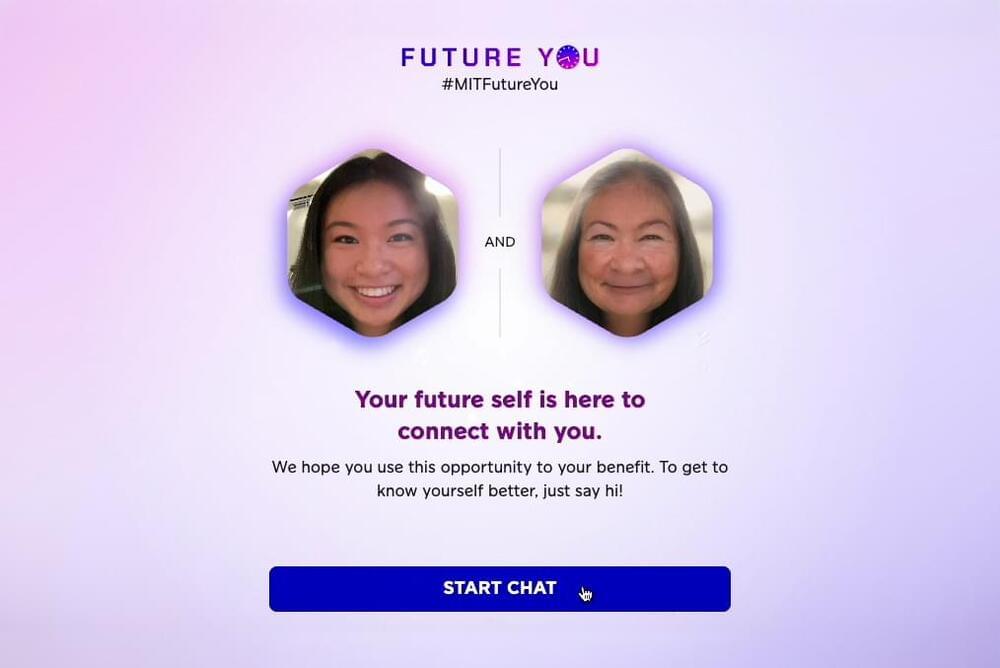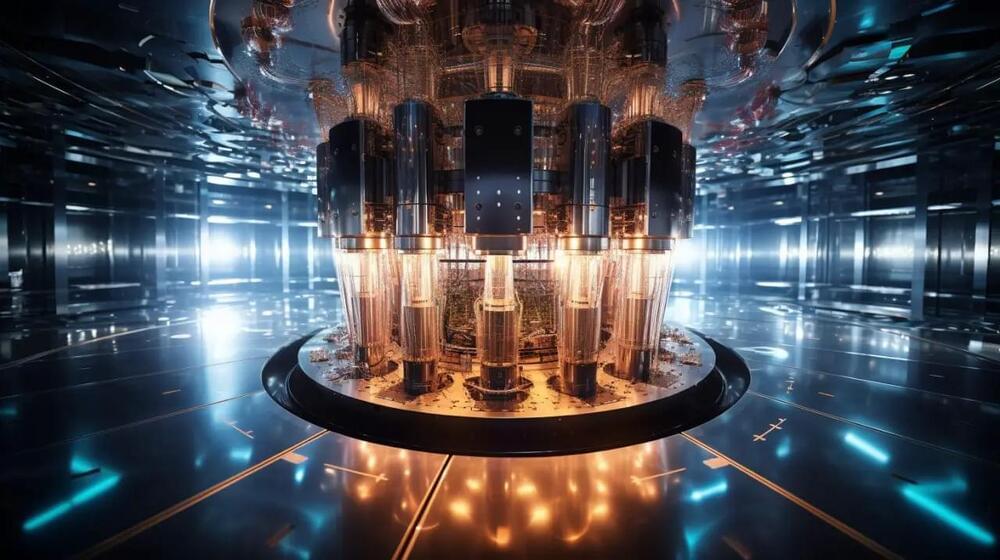Solar cells could be printed out like newspapers after Australia’s leading science organisation opened a $6.8 million facility dedicated to flexible solar technology.
The CSIRO launched its state-of-the-art Printed Photovoltaic Facility in south-east Melbourne on Wednesday, following more than 15 years of research into the renewable energy technology.
Researchers said printed, flexible photovoltaic cells could not only lower the cost of solar energy but could be used to deliver power in challenging areas such as space exploration, defence and disaster recovery.







